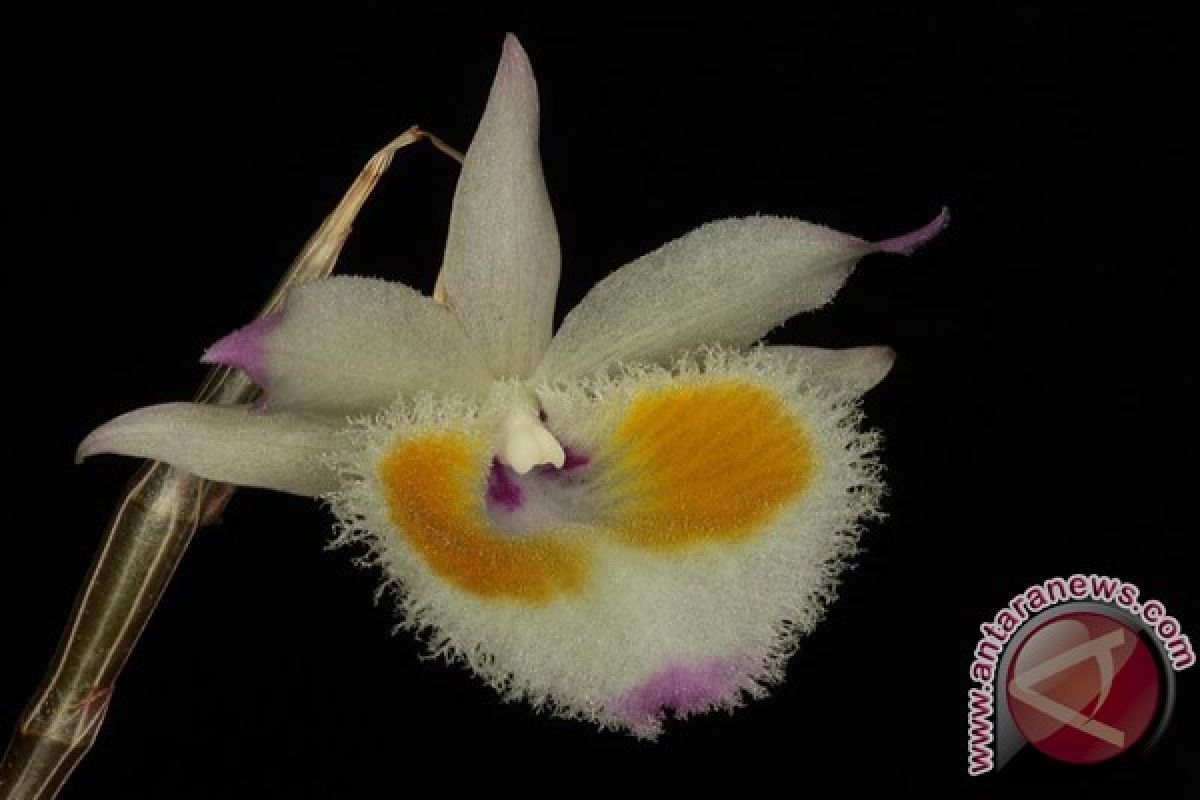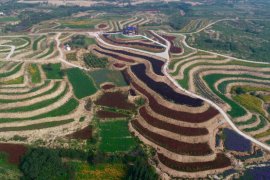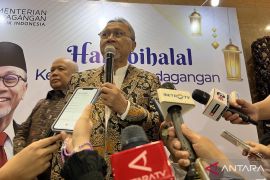... uses of dendrobium orchids include a cure for dryness, thirst and inflammation, protection of the stomach, cleansing of the liver, and improvement of eyesight...Taipei (ANTARA News) - The Council of Agriculture (COA) on Wednesday unveiled a new orchid species for use in traditional Chinese medicine, saying it took eight years to breed and contains high levels of polysaccharides that are good for people in chemotherapy.
The Golden Emperor Number 1, a crossbreed between Dendrobium tosaense and Dendrobium stem, contains more polysaccharides than the premium orchid species Dendrobium huoshanense that originated in China's Anhui Province, the council said.
Polysaccharides play a role in stimulating the immune system and can aid the recovery of patients in chemotherapy, said Wen Chi-luan, a research assistant at the council's Taiwan Seed Improvement and Propagation Station.
Patients recovering from eye surgery can also benefit from polysaccharides, as they activate the retinal cell layers, Wen said. Golden Emperor Number 1, to be mass produced soon, will take only two years to grow and will yield 8 to 12 grams of dried polysaccharides annually, he said.
In other words, the new species matures in half the time as the premium orchid species Dendrobium houshanense and its yield is five times higher, Wen added.
One of the most expensive types of orchids in Chinese medicine, 600 grams of dried dendrobium huoshanense herbal medicine can cost NT$8,900 (US$300).
Dendrobium orchids are recorded as a high class Chinese medicine, similar to ginseng, in the traditional Chinese medical journal "the Divine Farmer's Herb-Root Classic," which was written by legendary ruler Shengnong some 5,000 years ago, Wen noted.
Some medical uses of dendrobium orchids recorded in the journal include a cure for dryness, thirst and inflammation, protection of the stomach, cleansing of the liver, and improvement of eyesight, Wen said.
(A045/C003)
Editor: Ade P Marboen
Copyright © ANTARA 2012












